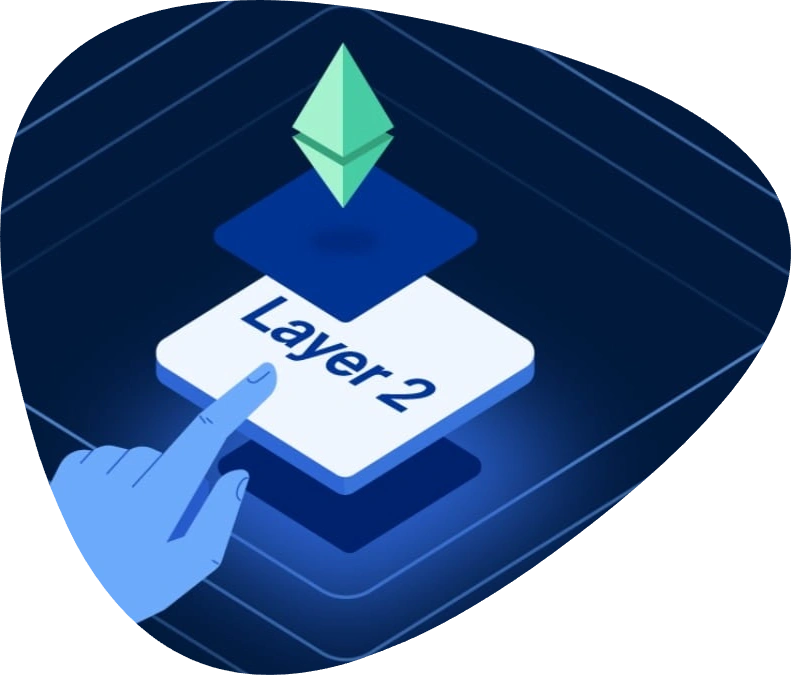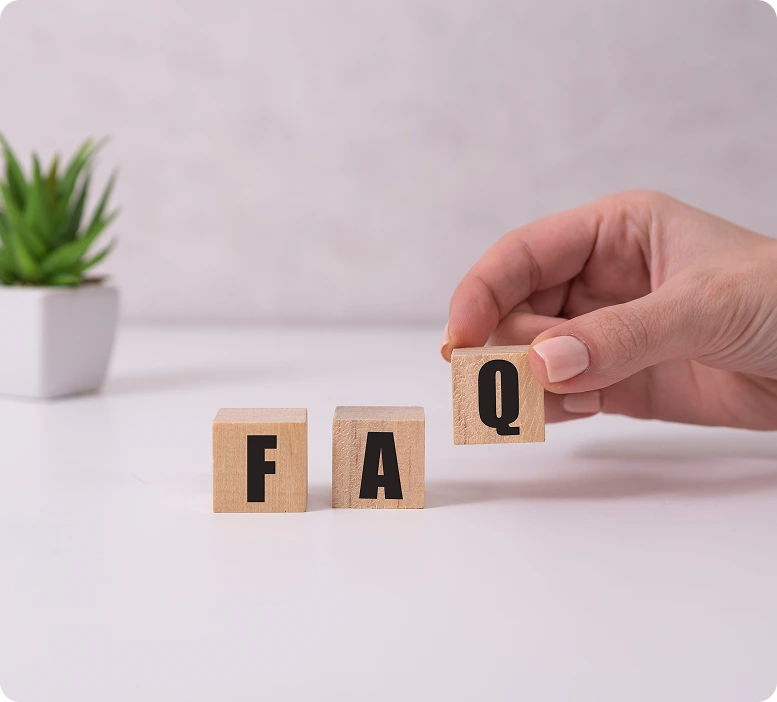Layer 2 Blockchain
Layer 2 (L2) blockchain refers to a secondary framework built on top of a Layer 1 blockchain to improve scalability, speed, and cost-efficiency. Layer 2 solutions handle transactions or computations off the main chain, reducing congestion while still leveraging the security and decentralization of the underlying Layer 1 network. Examples include Polygon, Optimism, and Arbitrum on Ethereum. Layer 2 (L2) blockchains are scaling solutions built on top of Layer 1 blockchains to address the limitations of the base layer, such as low throughput, high fees, and latency. L2 solutions process transactions off-chain or in parallel, then anchor the results back to Layer 1, ensuring security while greatly improving performance and cost-efficiency.


Layer 2 Blockchain Solutions – Fast, Scalable, and Cost-Efficient
Layer 2 blockchain solutions are built on top of Layer 1 blockchains to address limitations such as low throughput, high transaction costs, and latency. By processing transactions off-chain or in parallel, Layer 2 solutions accelerate transaction speeds, reduce fees, and increase scalability, all while leveraging the security and decentralization of the underlying Layer 1 network. These solutions are critical for enterprises, DeFi platforms, gaming, NFTs, and other high-volume blockchain applications.
Enterprise Blockchain Solutions on Layer 2 – Fast, Scalable, and Cost-Effective
Layer 2 enterprise blockchain solutions are built on top of Layer 1 networks to provide enterprises with high-speed, scalable, and cost-efficient blockchain infrastructure. These solutions process transactions off-chain or in parallel, significantly reducing latency and fees while still relying on the underlying Layer 1 for security and decentralization. Layer 2 solutions enable organizations to implement robust, high-performance decentralized applications (dApps) and business workflows without compromising reliability.

Fast Transaction Processing
Layer 2 solutions process transactions off the main chain or in batches, enabling near-instant transaction confirmation suitable for enterprise workloads.

Scalability
Offloading transactions from Layer 1 allows enterprise applications to handle thousands of operations per second, supporting complex and large-scale workflows.

Cost Efficiency
Layer 2 reduces transaction fees by batching multiple transactions or using off-chain computation, making it economically viable for high-volume operations.

Security Anchored to Layer 1
While operations occur off-chain, results are anchored to Layer 1, ensuring security, immutability, and decentralization for all enterprise transactions.

Smart Contract & dApp Support
Enterprises can deploy custom decentralized applications with faster execution and lower costs, leveraging Layer 1-compatible smart contracts.

Interoperability
Many Layer 2 solutions support cross-chain interactions, enabling integration with multiple Layer 1 networks and enterprise assets.
Layer 2 Enterprise Blockchain Solutions – Fast, Scalable, and Cost-Efficient
Layer 2 enterprise blockchain solutions are built on top of Layer 1 networks to provide enterprises with high-speed, scalable, and cost-effective blockchain infrastructure. By processing transactions off-chain or in batches and anchoring results to the underlying Layer 1 blockchain, Layer 2 ensures security, decentralization, and efficiency. These solutions enable enterprises to deploy robust decentralized applications (dApps), streamline operations, and reduce costs, making blockchain practical for large-scale enterprise adoption.

Layer 2 Enterprise Blockchain Infrastructure – Fast, Scalable, and Cost-Efficient
Layer 2 enterprise blockchain infrastructure builds on top of Layer 1 networks to provide organizations with high-performance, scalable, and cost-effective blockchain solutions. By processing transactions off-chain or in batches and anchoring results to Layer 1, Layer 2 ensures security, decentralization, and operational efficiency. This infrastructure is ideal for enterprises looking to deploy large-scale decentralized applications (dApps), optimize business workflows, and reduce transaction costs.
FAQ
What is a Layer 2 blockchain?
Layer 2 blockchain is a secondary framework built on top of a Layer 1 blockchain to improve scalability, transaction speed, and cost-efficiency. It processes transactions off-chain or in batches while relying on Layer 1 for security.
How does Layer 2 differ from Layer 1?
Layer 1: The main blockchain network responsible for consensus, security, and transaction validation.
Layer 2: Built on top of Layer 1 to offload transactions, reducing congestion, fees, and latency.
Why is Layer 2 important?
Layer 2 solves scalability and high-fee issues of Layer 1, enabling high-speed, low-cost transactions suitable for DeFi, NFTs, gaming, and enterprise applications.
What are the main types of Layer 2 solutions?
State Channels: Multiple off-chain transactions between parties with only the final state recorded on Layer 1.
Rollups: Aggregate transactions into a single proof submitted to Layer 1.
Optimistic Rollups
ZK-Rollups
How does Layer 2 maintain security?
All Layer 2 transactions are periodically anchored to Layer 1, ensuring immutability, decentralization, and trustless validation.
What are some popular Layer 2 platforms?
Polygon (Ethereum) – Sidechain scaling for dApps and DeFi
Optimism (Ethereum) – Optimistic Rollup solution
Arbitrum (Ethereum) – Optimistic Rollup for scalable smart contracts
What are the key benefits of Layer 2 blockchain?
Faster transaction processing
Lower fees and cost efficiency
High scalability for enterprise and consumer applications

